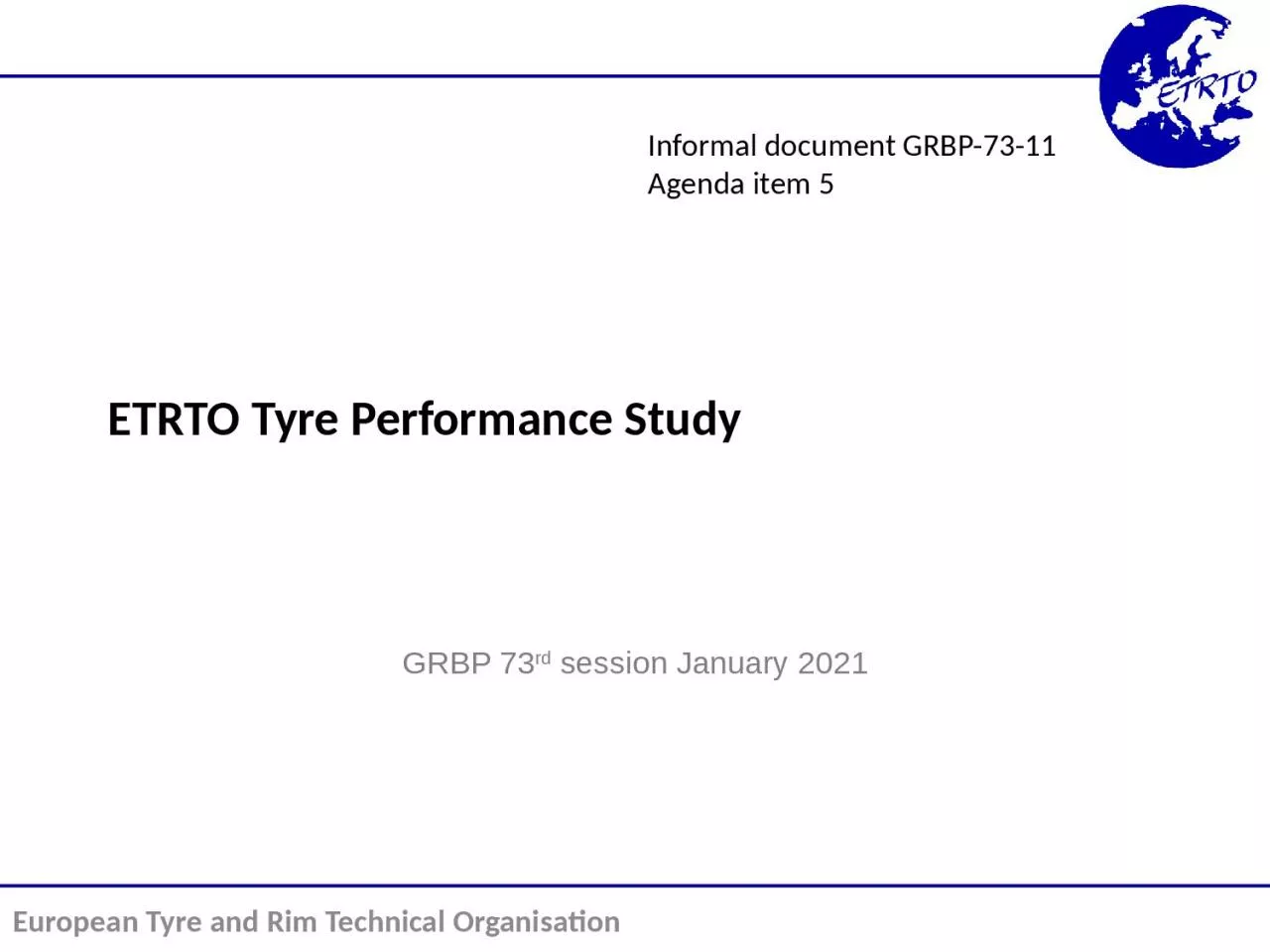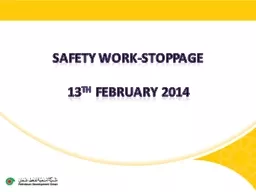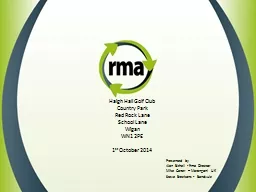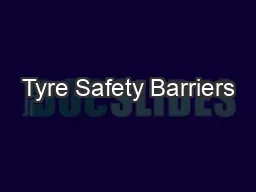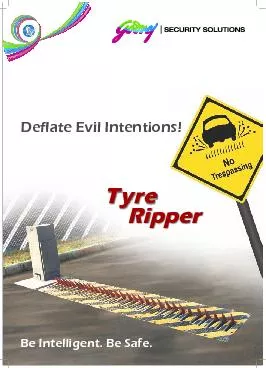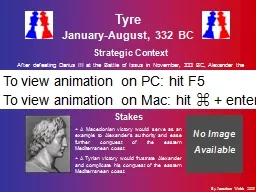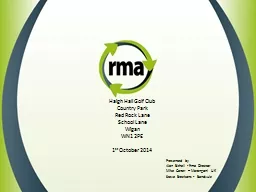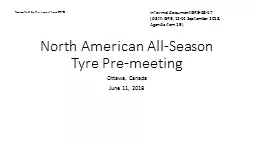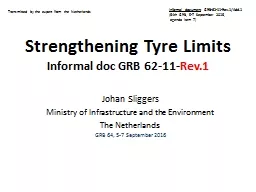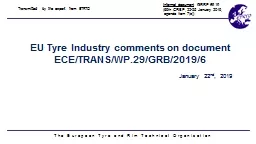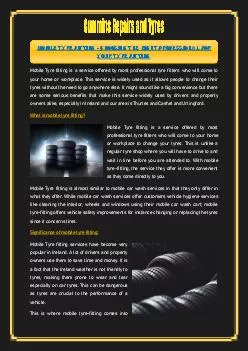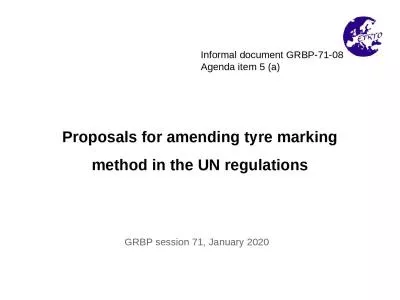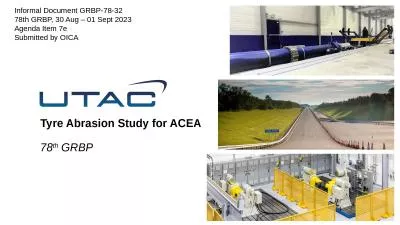PPT-ETRTO Tyre Performance Study
Author : joy | Published Date : 2023-09-24
GRBP 73 rd session January 2021 European Tyre and Rim Technical Organisation Informal document GRBP7311 Agenda item 5 Background Aim of the study Test program
Presentation Embed Code
Download Presentation
Download Presentation The PPT/PDF document "ETRTO Tyre Performance Study" is the property of its rightful owner. Permission is granted to download and print the materials on this website for personal, non-commercial use only, and to display it on your personal computer provided you do not modify the materials and that you retain all copyright notices contained in the materials. By downloading content from our website, you accept the terms of this agreement.
ETRTO Tyre Performance Study: Transcript
Download Rules Of Document
"ETRTO Tyre Performance Study"The content belongs to its owner. You may download and print it for personal use, without modification, and keep all copyright notices. By downloading, you agree to these terms.
Related Documents

